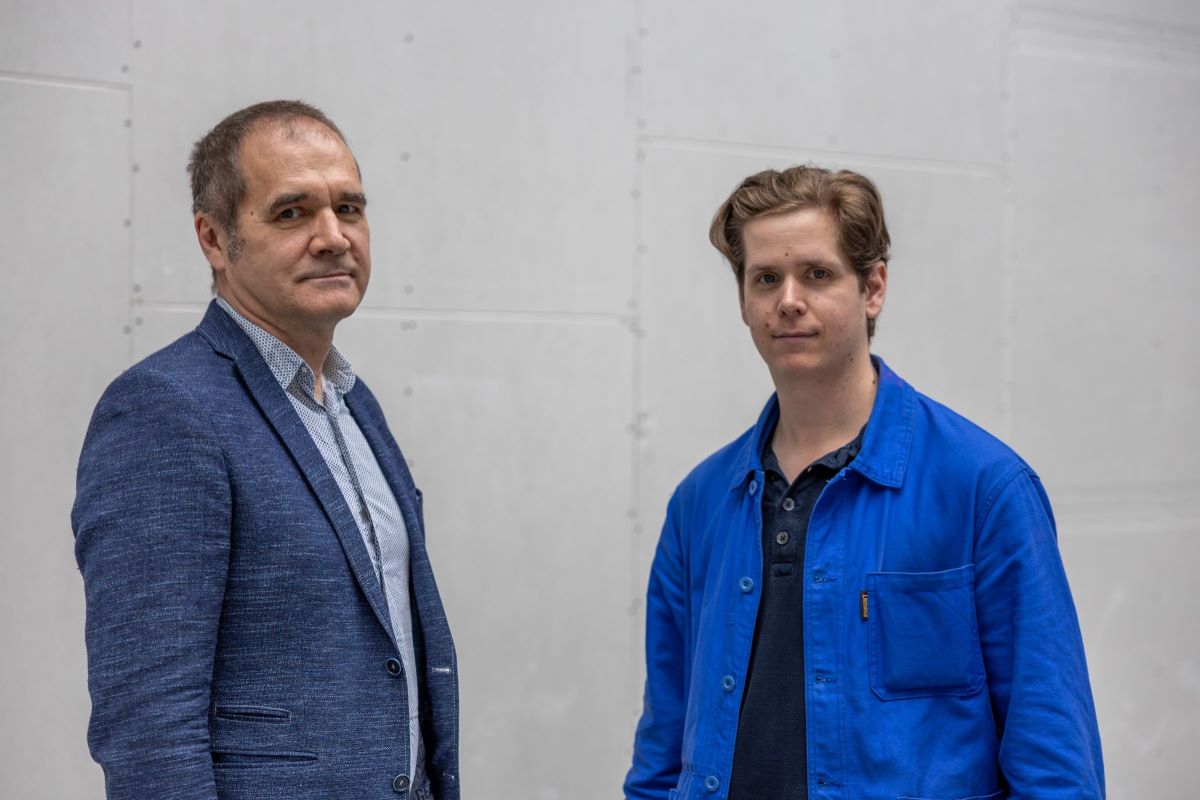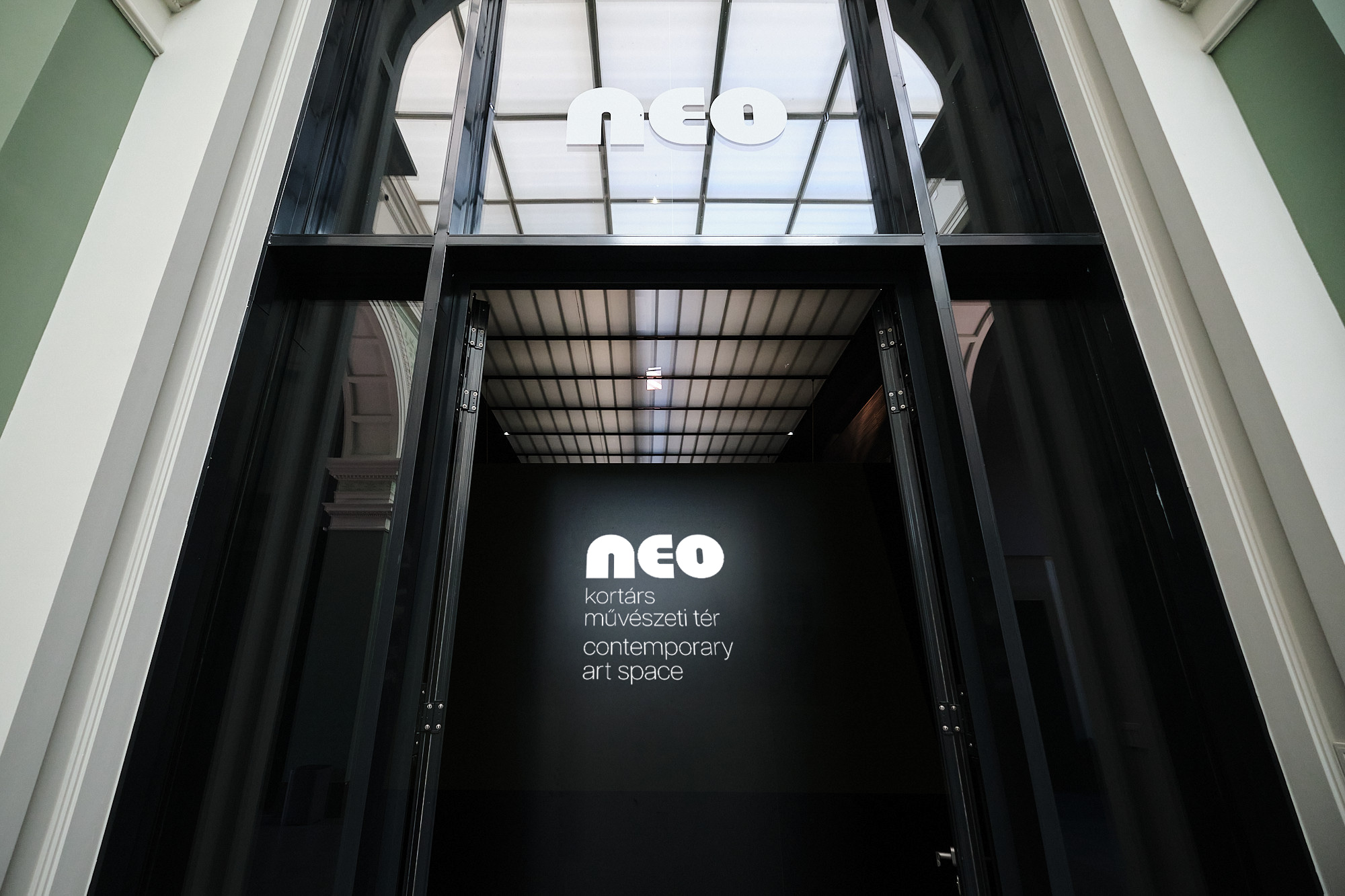"Displaying Szabolcs Bozó’s works was not only about introducing the Hungarian public to an artist who is successful abroad but also about presenting contemporary art management methods and a career path model"
Interview with Zsolt Petrányi, curator of the Soulmate exhibition
- Now that Szabolcs Bozó’s exhibition has closed, how do you see its reception in the Hungarian fine art scene?
The reception of the exhibition was as expected. It sparked debate in the art community and the commenters were divided in their opinions: some stood by the artist, and others did not, although the latter often criticised Bozó’s work without necessarily having seen the exhibition. This was instructive for us because Bozó’s paintings belong to the category of works that cannot truly be appreciated on a phone or a computer screen but must be seen in person. The works were genuinely convincing in the exhibition space, making the show both inspiring and thought-provoking.
- What feedback did you receive from Szabolcs Bozó and Carl Kostyál regarding the Budapest exhibition?
For Szabolcs, this exhibition was an important milestone in his career, as it allowed him to present his work in Budapest, to the very audience and environment he comes from. His style and approach differ from those of Hungarian artists, but this difference is exactly what makes his career path both interesting and comparable. A frequently raised question was: what would have happened if he had stayed in Hungary? Would he have been able to emerge from the Hungarian institutional framework? The answer to this is that, on the one hand, the geographical locations of the international galleries, the Carl Kostyál Gallery’s bases in London, Milan and Stockholm greatly contributed to his development, while on the other, he was surrounded by an atmosphere of intellectual and artistic freedom in London, which allowed him to think differently than he might have under domestic conditions.

Neo contemporary art space

The mission of the NEO Contemporary Art Space is to become an exhibition space for the world's most significant contemporary artists in the Városliget, Budapest. If we are looking for an international parallel, perhaps the Serpentine Gallery in Kensington Gardens in London is closest to NEO’s mission: in terms of location, appearance and function.